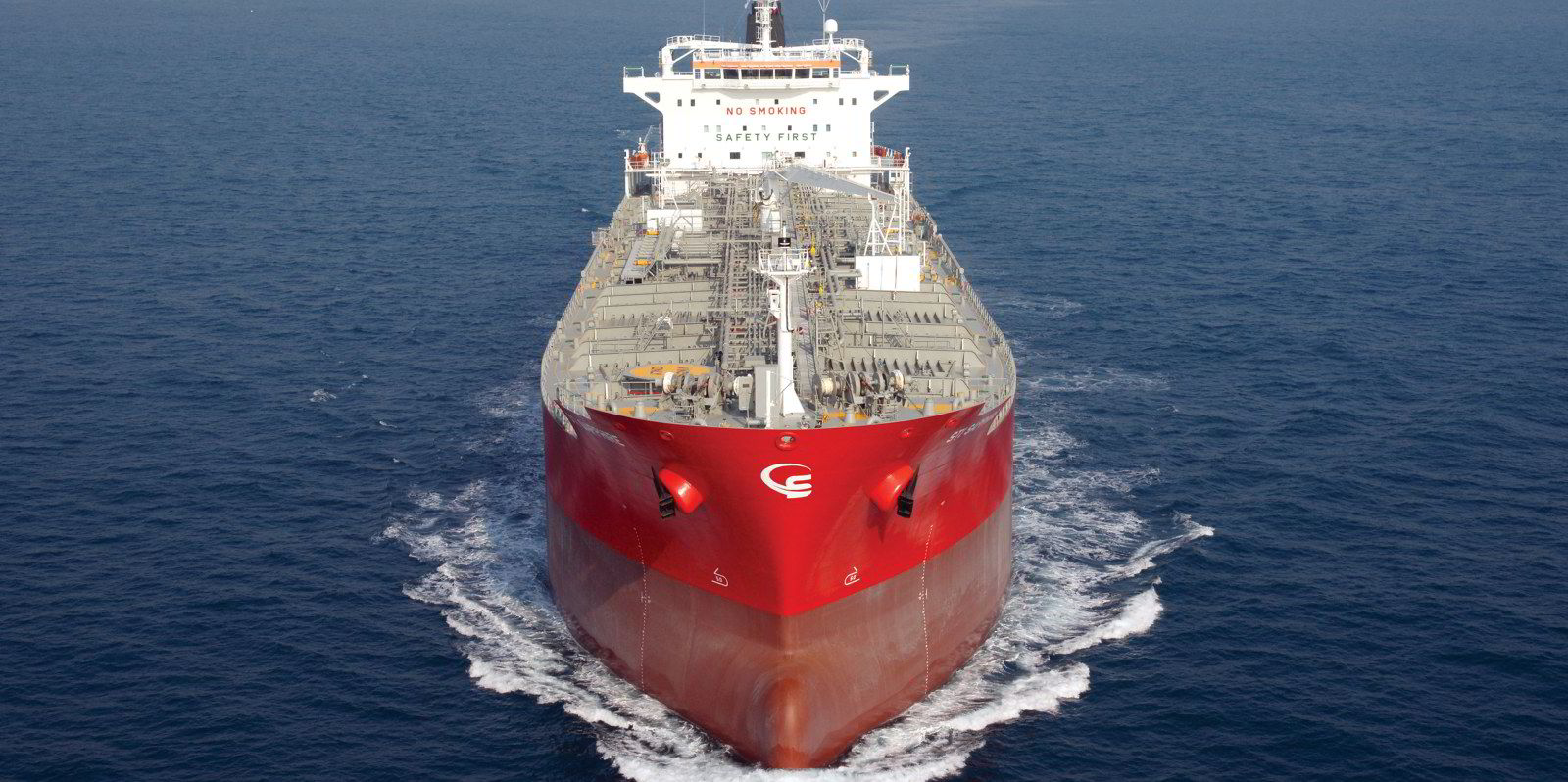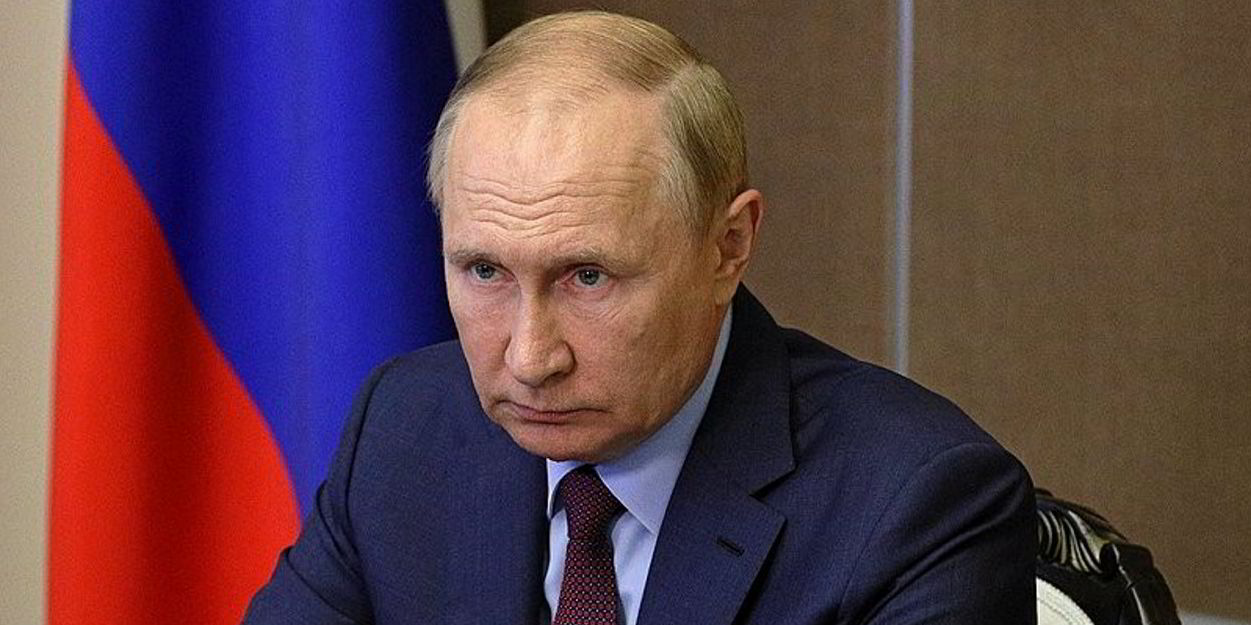A cold winter in Europe this year could create a surge in diesel demand that could boost the already strong product tanker market, says Poten & Partners.
The continent is now said to be scrambling to find new suppliers after sanctions were imposed on Russia, previously its largest supplier, due to its invasion of Ukraine.
Europe’s seaborne diesel and gasoil imports from Russia were as high as 677,000 barrels per day in 2021, according to Vortexa data.
Poten said that represented 54% of the total 1.24m bpd of seaborne diesel and gasoil imports into Europe, excluding Turkey.
Imports from Russia continued until February 2023, when sanctions prohibited imports by European Union countries.
Lower local production has compounded the overall situation, which has resulted in relatively low diesel and gasoil inventory levels in Europe, the broker added.
As a result, Europe has not managed to increase inventory levels to normal pre-winter levels, with middle distillate inventories now around 16% lower than the average from 2017 to 2021.
Poten said relatively warm weather in the winter of 2022/23 kept demand for heating oil under control. However, Europe needs to step up their imports or hope for another mild winter.
“This sets us up for a potentially volatile product tanker market over the winter months. Low inventories will require more imports if demand unexpectedly increases due to a cold spell,” Poten said.
“The longer voyage distances from potential sources of diesel in the US, the Middle East or India will likely result in a scramble for tonnage to take advantage of arbitrage opportunities, boosting product tanker rates.”
The US has been a traditional exporter of diesel to Europe, as they generally have a surplus of diesel as their transportation fleet is more gasoline-focused, while Europe is traditionally more diesel-focused.
Europe increased their imports from the US by 140% in 2023, from 72,000 bpd in 2022 to 173,000 bpd this year, according to Poten.
India increased its diesel exports to Europe by 77%, from 84,000 bpd to 193,000 bpd, while imports from Saudi Arabia increased by 24% to 244,000 bpd.
“Obviously, this added to [tonne-mile] demand for product tankers, with [tonne-mile] demand from diesel imports into Europe increasing by 34%, even though the total volume shipped declined by 6% over the first nine months of the year,” said Poten.
“These longer haul voyages have also led to an increase in the involvement of LR2s in European diesel imports. The volume imported by coated aframaxes increased by 59%, compared to 2022, while MR volumes declined by 32%.”
Elsewhere, China has spare refining capacity, but its exports require government quotas.
“Last year, China increased diesel exports from an average of about 130,000 bpd in the summer months to 470,000 bpd during the winter months,” said Poten.
“It is possible that high international diesel prices will make such quotas available again and that Chinese refiners will be allowed to boost their exports.
“While it is unlikely that China will export much diesel to Europe, these volumes will free up the capacity of Middle Eastern and Indian refiners to ship additional volumes to Europe,” the broker added.





